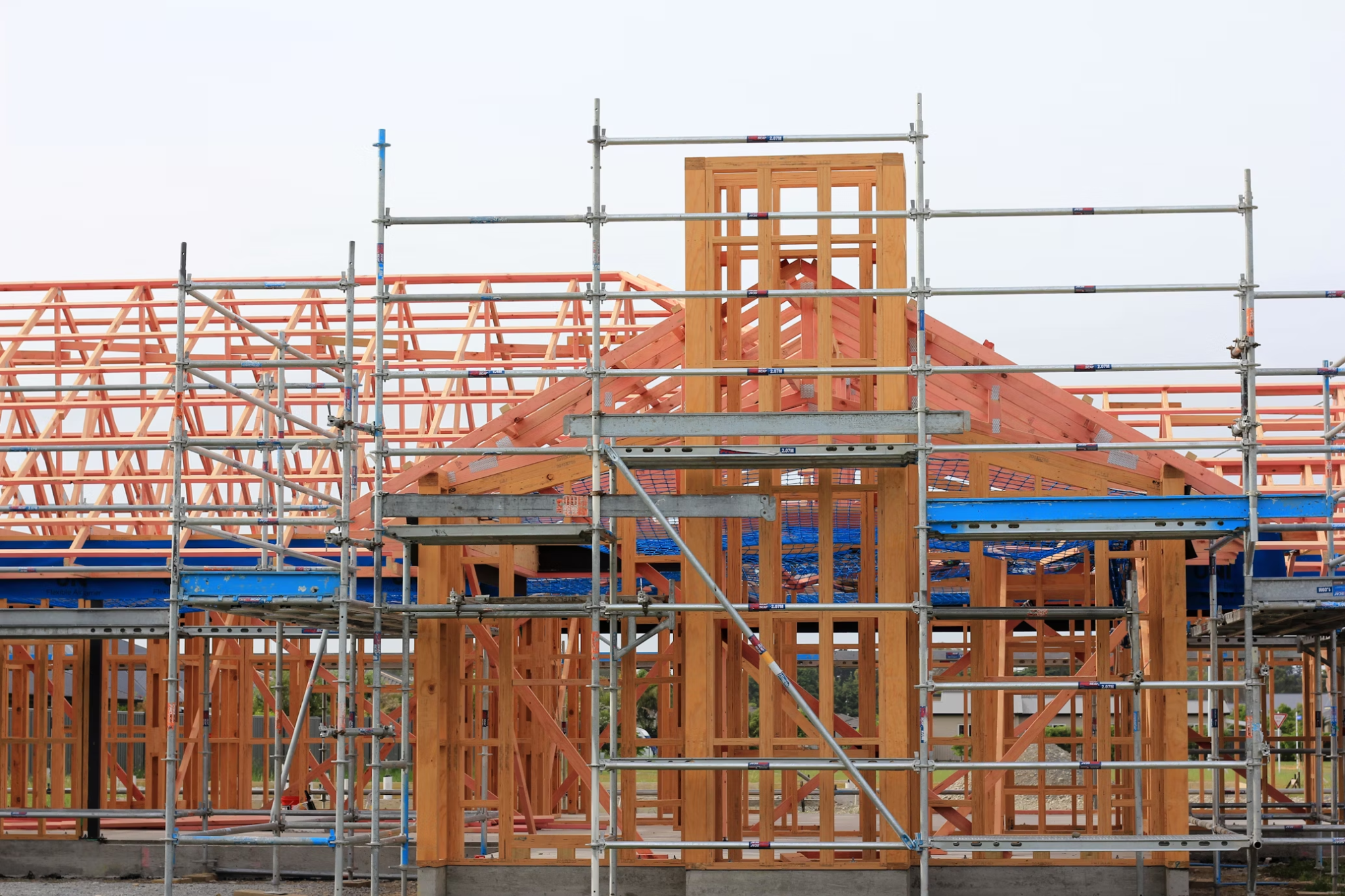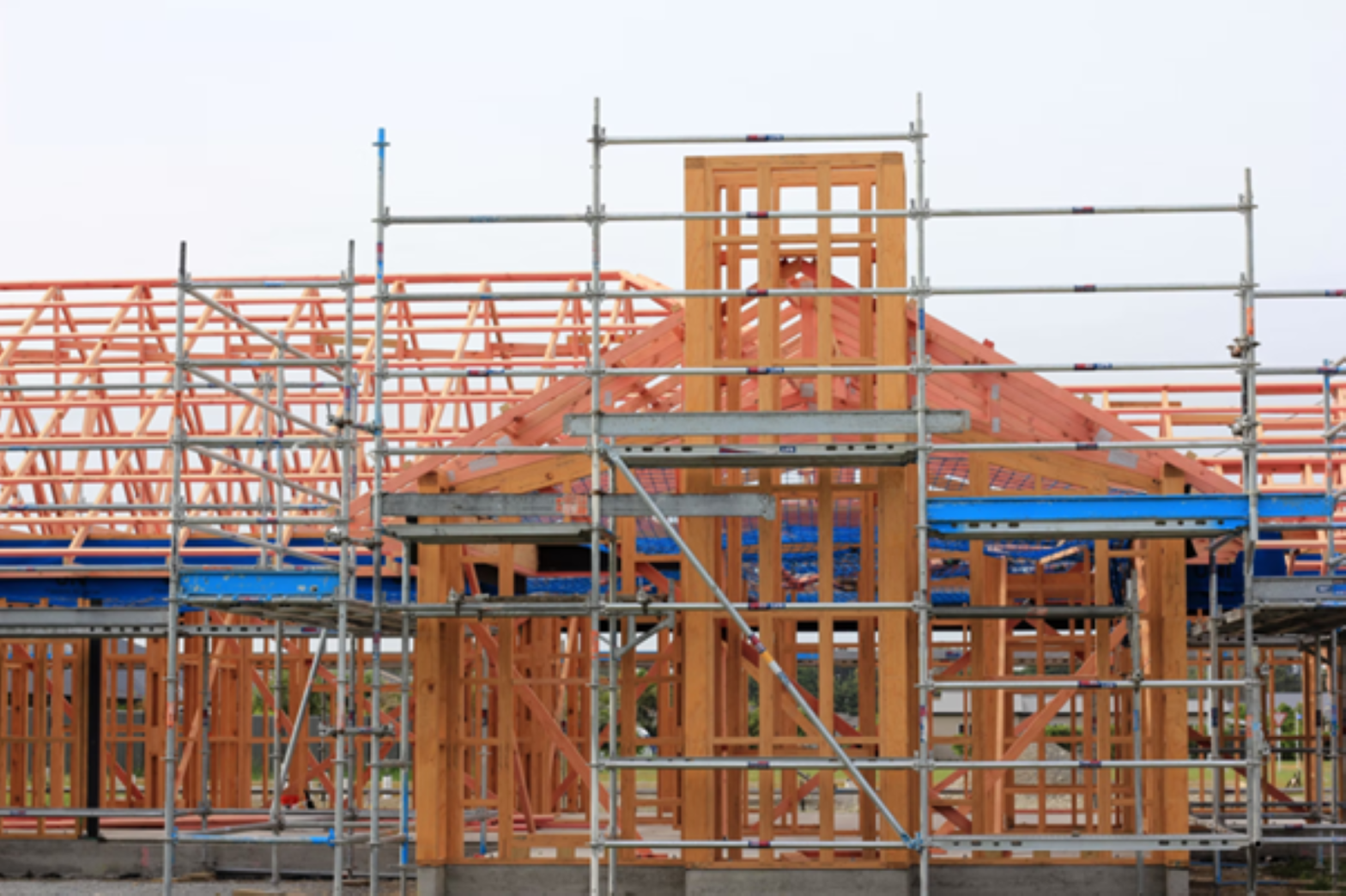Page Title
The Truth About The UK Housing Crisis
Meta Description
Do you know the truth about the UK housing crisis? Click here to find out.
Page Body Content
The Truth About The UK Housing Crisis

unsplash.com/photos
The truth about the UK housing crisis is bleak. Despite making some improvements, the statistics still don’t look great.
The government aimed to build 300,000 new homes annually to meet demand and keep housing somewhat affordable. Did they meet it? Of course, they didn’t! Less than 250,000 were built in 2023. So the issue still stands: there are tons of people waiting for houses that simply aren’t being built.
Below, we’ll explore the truths about the UK housing crisis and what can be done.
Root Causes of the Housing Crisis
The question should be, what hasn’t caused the UK housing crisis? It’s no secret that the UK is in a bit of a pickle with everything – from the economy to the housing market. It all went downhill after Brexit, and then we were hit with the pandemic that didn’t help matters either.
One of the current primary causes is the imbalance between supply and demand. Over the last couple of decades, the population has significantly increased, but new construction has not kept pace. This mismatch has caused prices for properties to soar, making it harder for first-time homebuyers to enter the market. And we’ve noticed a surge in rental demands that has caused rents to increase, worsening affordability problems.
Another factor that contributes to this problem is planning systems – they’re outdated and cumbersome. Local councils usually encounter bureaucratic obstacles that slow approval processes for new housing schemes. And, land availability is limited, especially in urban centres where demand is highest. Green-belt policies, although necessary for conserving natural spaces, also prevent building houses in many parts of the country.
How Can We Build Faster and Better?
To solve the UK’s housing crisis, we must speed up construction without compromising quality.
One possible solution could be employing modern techniques and materials during building, such as those that enable faster completion times at lower costs. For example, using retaining wall systems for stable supporting structures while efficiently managing land use or assembling components off-site before transporting them onto sites. Modular buildings can reduce time spent on construction significantly, besides reducing waste significantly, but they’re not exactly popular.
Sustainable design must become integrated within solutions to create more efficient and lasting homes. Green roofs or solar panels are now more common in new-build houses. Not that they will solve the housing crisis, but they will make them more affordable in the long term.
Effects on the UK People
Housing crises have impacted many individuals and families in different ways.
For most, buying homes remains an unattainable dream, forcing them to rent houses, which often takes up a significant chunk of their monthly earnings. Well, mortgage prices seem to be through the roof, so which one do you think is better? The lack of affordable housing has also led to a rise in homelessness rates, with more people finding themselves without anywhere stable to live.
The implications for society brought about by this shortage are extensive. Families living under overcrowded conditions or substandard housing units face health challenges are just some of the things we could talk about.
Do you think the UK can solve the housing crisis? Something needs to be done to find a solution. The population is only growing, and it seems the lack of houses is only increasing. The government must act fast to find a resolution.


































